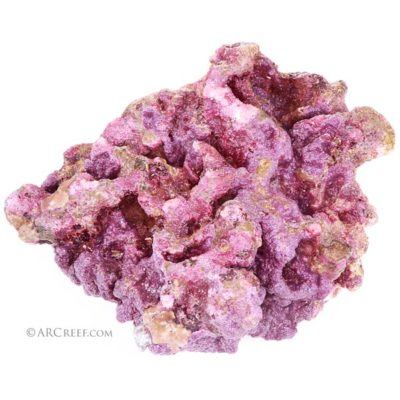The Worst Artificial Reefs – Man-Made Coral Reef Mega Mistakes
Not all attempts at creating artificial coral reefs have been a success. Some attempts have even had downright disastrous consequences. We take an in-depth look at which man-made reefs have failed the worst but what we have learned from these colossal mistakes.
Atlantic Reef Conservation (ARC) is currently involved in actively cleaning up the worst artificial man-made reef that Florida has ever known, Osborne Reef. In 1972 a reported 700,000 car and truck tires were strapped together and thrown overboard by everyone from fisherman to little Sally and Joe while out for an afternoon of boating. Participants were told by county and state officials that they were helping to create an artificial man-made reef that would be enjoyed by all. It was going to bring in tons of fish to the area and be a premier diving destination for all to enjoy. This sense of great pride and accomplishment would be fleeting though. Florida is well known for having a surplus of hurricanes on a quite regular basis. Skip forward 30 years and 13 hurricanes later, this reef is now a barren wasteland of tires that flow and ebb at will on the seafloor, crushing entire coral colonies of endangered staghorn and elkhorn corals. Two contributing factors leading to this disastrous end are the straps that many tires were connected to have since disintegrated, leaving every individual tire to roam freely, and the simple overlooked fact that coralline algae, a crustose “cementing” algae does not grow on rubber, metal, or surfaces that release chemicals. Without this extremely beneficial alga connecting all smaller pieces into one cemented reef, the crushing force of currents, storms, and intense periods of wave action are too much for any movable object on a reef. The state has paid over 3.6 million tax dollars to date, and have only been able to clean up roughly 14% of what needs to be removed. ARC, a marine research company has also been assisting in this enormous endeavor. Using state of the art side-scanning sonar that is so detailed that you can actually see individual tires on the sea floor. On the water, I watch as divers descend into the murky waters below, the water is calm now but was recently stirred up from a storm that hit the area yesterday, bringing with it over 7″ of rainfall. As the divers disappear below I switch my position on the boat to the seat next to the captain. I hear the captain call over the intercom, directing divers, “now just 5 more feet to your left, you’re on it now” I can’t hear what the divers are replying back, but as clear as day I watch on a monitor as divers connect a cable around the tires and then slowly back away as the crane starts to hum in the rear of the boat. I am quite amazed that I am watching all of this unfold live before me, all while knowing that the water conditions that day had just 5 to 10 ft of viability. I can clearly see the diver’s fins and arms moving around as he works below. The captain explains that ARC was actually the first company of any nongovernment nonmilitary entity in the world to use this new sonar system. “We’ve been using this new system for a couple of weeks now, it’s just lightyears ahead of anything else out there.” Later that day we met up with another boat that the state had contracted to aid with the tire removal, it was much like a floating barge, they were packing up to head back commenting that you had to be an arm’s length away from a tire in order to see where they are. The other boat heads back with about 16 tires on board, not a bad days work for the visibility being what it is. As we head back to shore, the crew toasts to the days work, they were able to haul up 38 tires total and a large amount of metal, plastic, and wood planks from broken lobster traps now tangled around the tires. I couldn’t help to chuckle as I quietly contemplated to myself, I bet those who helped create this reef nearly 30 years ago may have also toasted to a great day of building this reef too. Life can be funny sometimes…
It should also be pointed out that ARC Reef is a “for profit” company, they have not been awarded any grants for their marine conservation work, all this comes from the sale of their products. Specifically, 20% of proceeds that go directly back to reef-building initiatives, well, in this case, I guess you could say their “reef unbuilding ” initiatives.









I took a Marine Biology Class at Northeast High School Oakland Park. The teacher wanted us involved in this and I refused. He was going to fail me for the year. I brought several tires in that had been in the water for years, gave a presentation, the class got on my side, and we didn’t do this project.